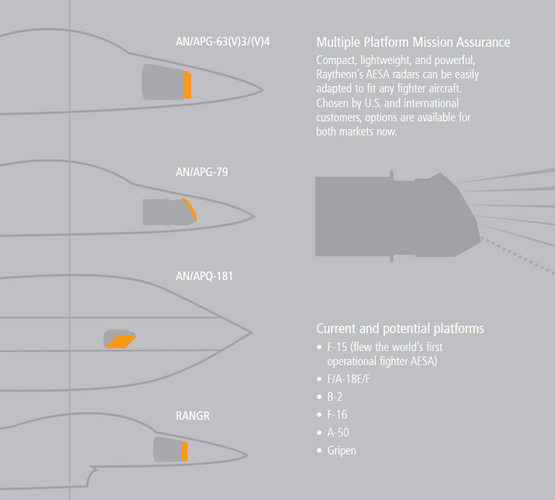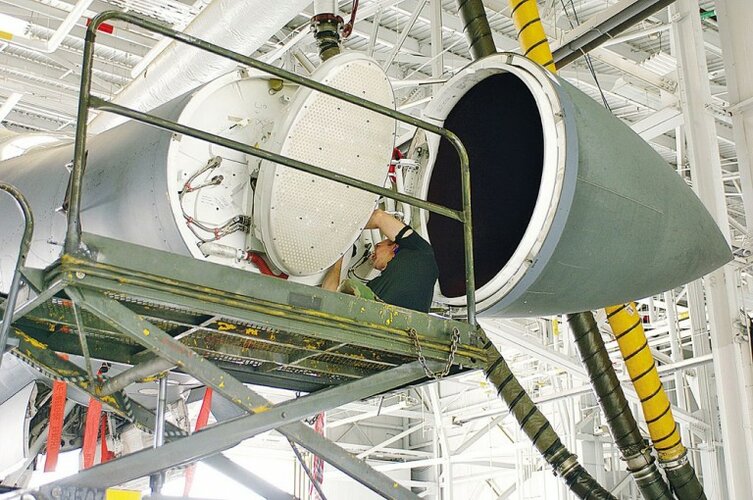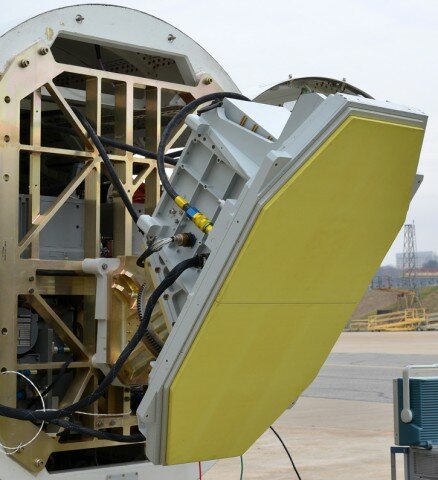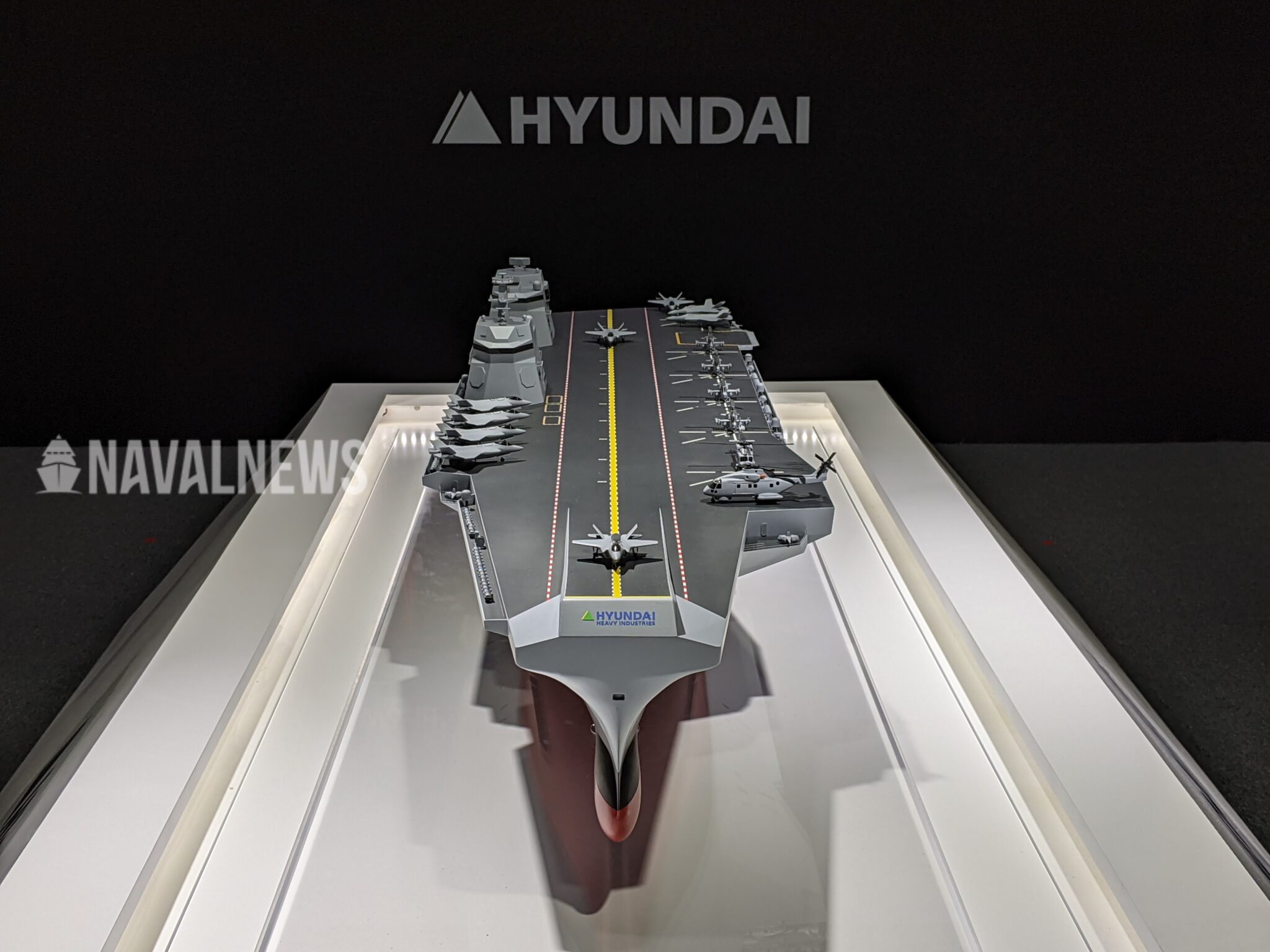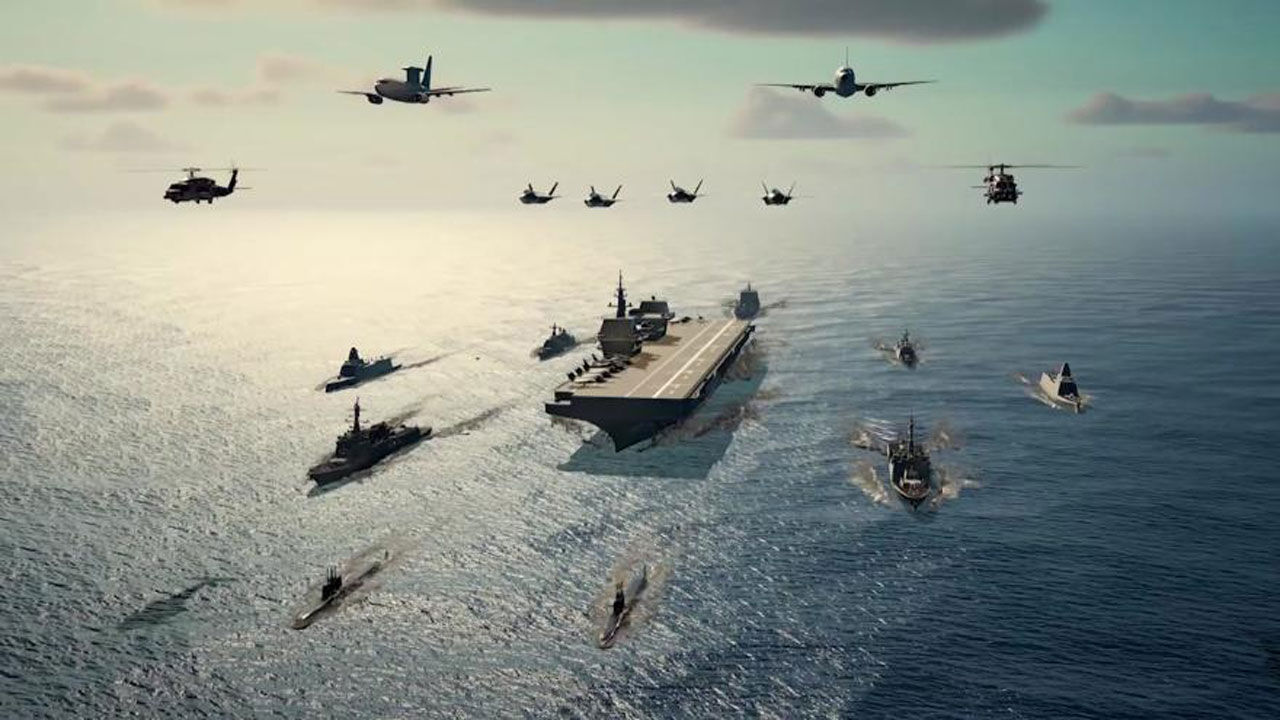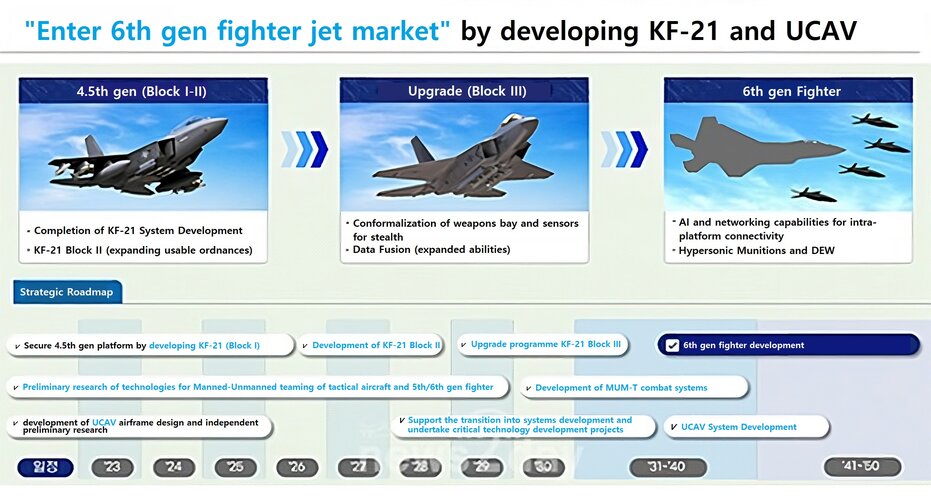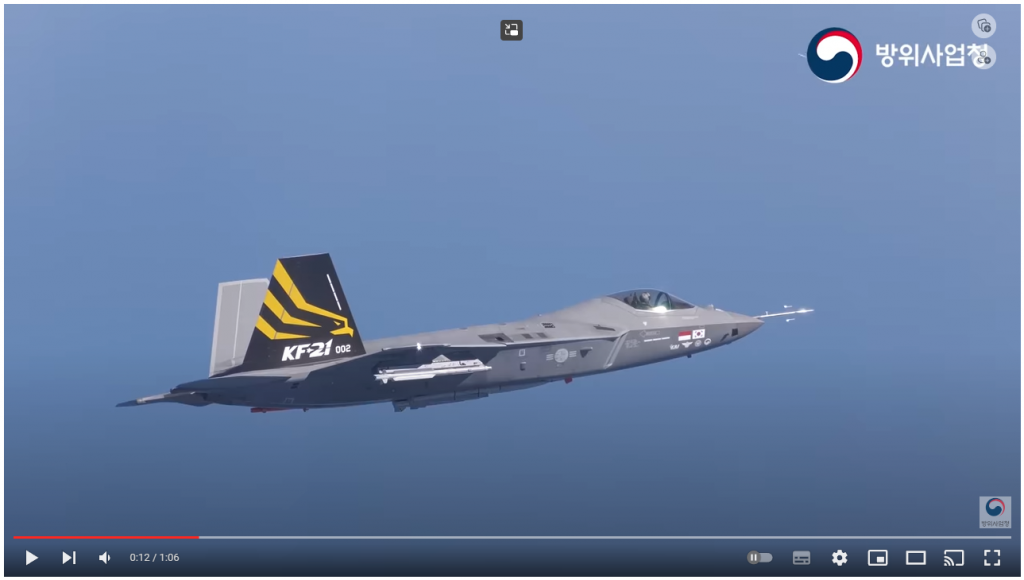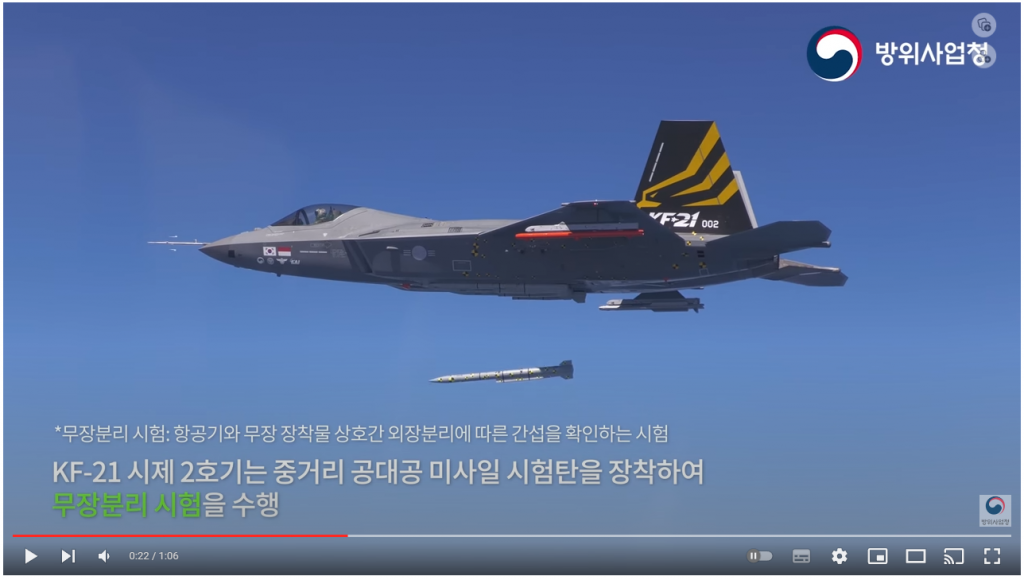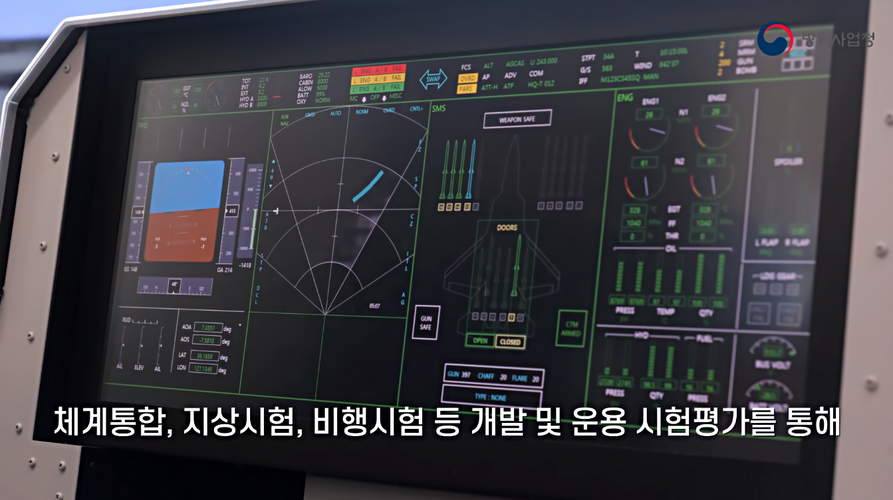Which specific countries (other than South Korea itself) intends to field a CTOL carrier and would actually be in the market for a navalised KF-21, rather than having their own national aircraft or go with an buy of an existing aircraft from the US or France?
And how many aircraft would they actually wanted?
This is clearly not going to be a massive market.?
I cant think of too many countries wanting a CTOL carrier, although this one looks like it will be a STOBAR, but either way lets list some possible ones
India - Best possibility outside of Korea. Already has 2 Stobar carriers, and based on recent reports, they may opt for another Vikrant class rather than building another new class as they've been satisfied with its trials so far. Also Vikrant is close in size to what South Korea wants to operate based on the new report (50,000 ton). India however wants TEDBEF to replace the MiG-29Ks. While I support India's initiatives to make things on their own, I think in this case, it would be better India just works with KAI and get the KF-21N. Would save time and money. HAL is already quite strained with many projects and I'd rather they focus on getting AMCA out soon. KF-21 engines should be the same as their Tejas Mk2?
Indonesia - mid possibility. Indonesia is already a partner with the KF-21 program and began resuming payments. Its a rising economy and quickly becoming a very major Asian power. Given its vast area and maritime importance, there is some possibility they may consider a carrier. I don't think its very high, but its there.
Turkey - Low possibility. Their LHD might be too small to operate it, but they may have future plans for an actual carrier. Their TFX might be too large for something a lilttle bit larger, but the KF-21 could work. They have issues with the F-35 and France will never sell them the Rafale, so KF-21 has an advantage here
Australia - Very low possibility. They've been trying to update their navy plans, and want to keep up with China's rising maritime might. They have an LHD that can accept planes.. However they seem to have significant manpower issues, and a larger carrier, or using the existing LHD plus more aircraft, would just add to that burden. But at the end of the day, I suspect that if they do end up buying naval combat aircraft, it will be the F-35B.
Singapore - Very low possibility. They are also trying to expand their navy and are even building ships that can accomodate some fixed wing aircraft. But I don't see them going any larger, and if they do.. they will go F-35B because they already have some on order.
Brazil - very low possibility. they had a carrier recently, may have an interest in restarting one in the future if funding permits. I dont see the US selling the F-35, so the Rafale or KF-21 could be viable. But given the state of the economy, probably unlikely for a while.
ultimately, I only see India as being one viable place the KF-21 could be exported to.


